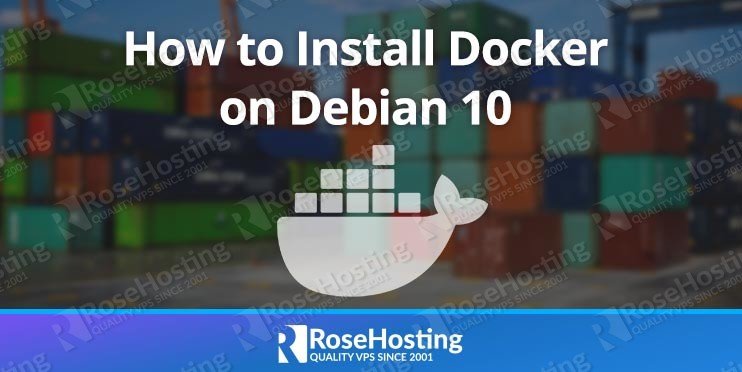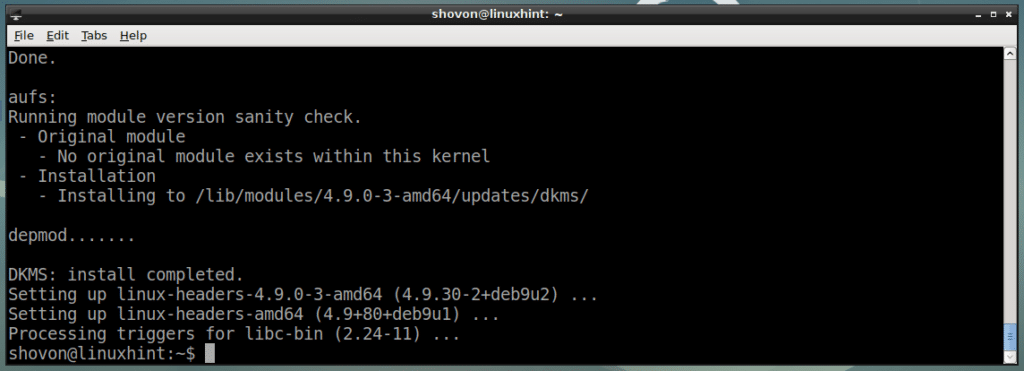

For more information, see Certificate Options. This option is only recommended for testing. Specify y to have Bitwarden generate a self-signed certificate for you. For more information, see Certificate Options.Īlternatively, specify n and use the self-signed SSL certificate? option, which is only recommended for testing purposes.ĭo you want to generate a self-signed SSL certificate? (y/n): You will be asked whether it is a trusted SSL certificate (y/n). If you already have your own SSL certificate, specify y and place the necessary files in the. For more information, see What are my installation id and installation key used for?ĭo you have a SSL certificate to use? (y/n): Retrieve an installation key using a valid email at. For more information, see what are my installation id and installation key used for? Retrieve an installation id using a valid email at. For more information, see Certificate Options.Īlternatively, specify n and use the Do you have a SSL certificate to use? option. You will be prompted to enter an email address for expiration reminders from Let's Encrypt. Specify y to generate a trusted SSL certificate using Let's Encrypt.
#Docker debian free
Typically, this value should be the configured DNS record.ĭo you want to use Let's Encrypt to generate a free SSL certificate? (y/n): They are available 24×7 and will take care of your request immediately.Enter the domain name for your Bitwarden instance:
#Docker debian install
Of course, you don’t have to install Docker on Debian 11, if you use one of our NVMe VPS Hosting plans, in which case you can simply ask our expert Linux admins to install Docker on Debian 11 for you.
#Docker debian how to
Also, you learned how to configure a non-root user to run docker containers. You successfully installed and configured the Docker server on your Debian 11 VPS. We can now check by accessing the user with this below command: su - robertĪnd then we’ll run the hello world docker docker run hello-worldĬongratulations. With the above command, our user will be created and assigned to the docker group. In this example we will use a test user called “robert” to run the docker container.Ĭreate the new user ‘robert’ on our Debian System using the following command: useradd -m -s /bin/bash -G docker robert.You need to add your non-root user to the ‘docker’ group.

mo GET YOUR VPS Optional steps (Allowing Non-root user to use Docker)ĭocker only accepts root user by default, but in this step we’ll enable a non-root user to be able to run containers on it. If you need to allow a non-root user to run Docker containers, you can follow the optional steps below. You have successfully installed Docker on your Debian 11.
#Docker debian update

$(lsb_release -cs) stable" | sudo tee /etc/apt//docker.list > /dev/null


 0 kommentar(er)
0 kommentar(er)
